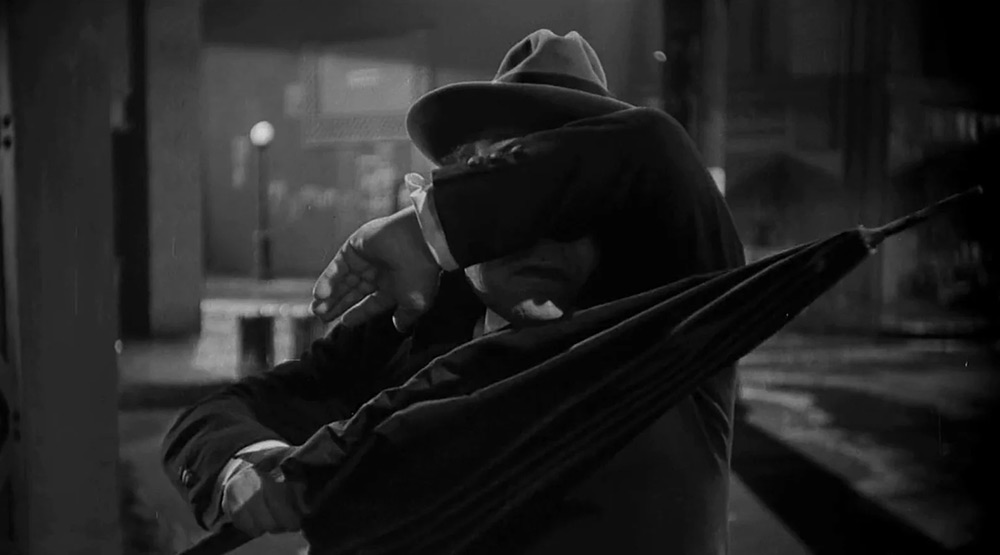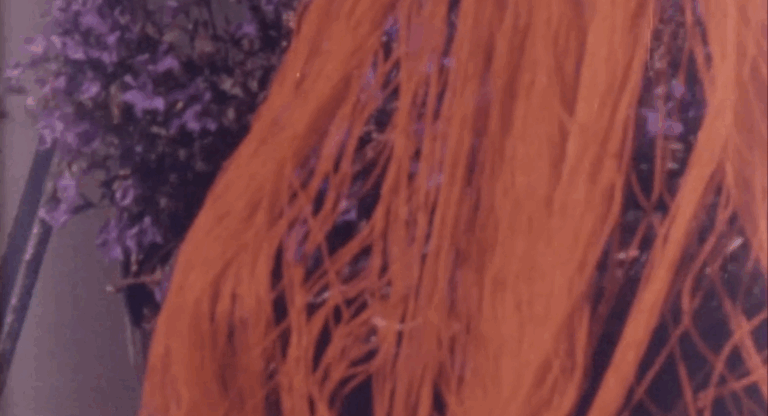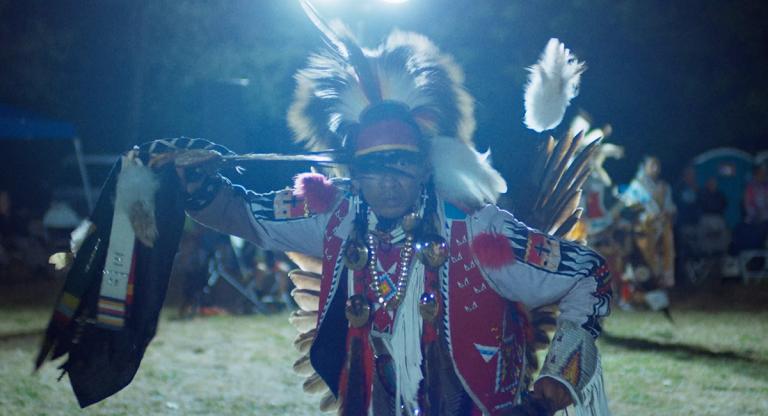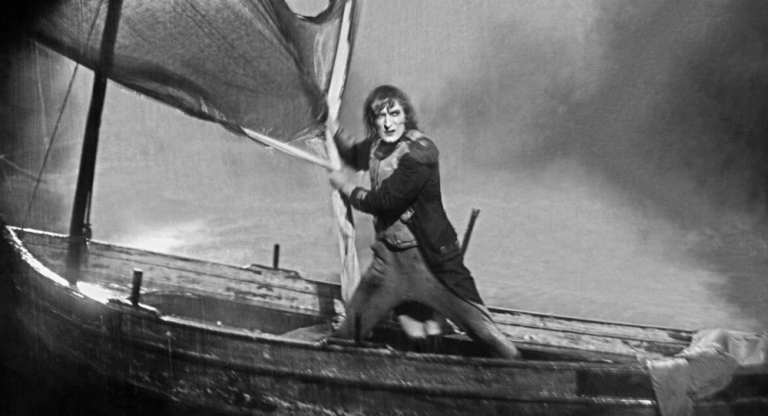Giuseppe Boccassini’s extraordinary films, Ragtag (2022) and Desire (2025) will be shown this evening at the Museum of the Moving Image with Boccassini present. The films belong to the “found-footage” mode which reworks images and sounds taken from already existing films to create new meanings. Martin Arnold, the late Gustav Deutsch and the master Ken Jacobs, among others, produced powerful works in this mode, following paths laid out by Bruce Conner and Joseph Cornell. In these two films Boccassini recalls and re-imagines the genres of film noir and melodrama. Many found-footage films parody their sources through ironic juxtapositions. Boccassini, however, follows the tradition of Cornell’s film Rose Hobart (1936), by mining our emotional investment in these images.
Through elegant montage Boccassini endows his borrowed footage with the energy of both anticipation and recall, as his films move towards poignant conclusions. Ragtag gathers together the visual icons of the noir: guns, money, corpses, beatings, neon signs, as well as its iconic actors: Lancaster, Ryan, Bogart, Robinson. Desire recycles images of mirrors, windows, conflagrations and lapses into unconsciousness with divas such as Dietrich, Garbo, Davis, Moira Shearer and Kinuyo Tanaka drawn from an international range of melodramas. Both films pull us in with a powerful undertow, impelled by passion but confronted with dead ends. Cineastes will recognize many of the original sources, but lifting these moments out of their original context makes them mysteriously compelling, even when unrecognized. Boccassini features his own obsessive motifs: trains, mechanical musical devices, water and carnival masks unite the two films. Eyes, lamps, photographic apparatuses, beacons, binoculars and film projectors focus us on the films’ fascination with sight.
Boccassini renders both violence and eroticism incandescent through his cinematic looping and repetition of actions. The death of the killer Garza from Naked City (1948) becomes a deadly ballet; hands unceasingly gorge eyeballs; Robert Ryan’s panic from The Set-Up (1949) becomes a cinematic dance of death. Sexual displays are prolonged into almost timeless spectacles of enticing desire: Peggy Cumming’s demonstration of her shooting skill from Gun Crazy (1950), or Margo’s castanets clacking as she writhes seemingly forever in The Leopard Man (1943). The brutal encounters In Ragtag lead inevitably to noir’s fatal climaxes. The omnipresent clocks of Desire count down the inevitable “too late” of melodrama as carefully edited cycles of repeated action evoke both hope and despair. Sound contributes to our emotional involvement in these films as well. Desire especially overlays images with sounds taken from other moments or other films, echoing the final footsteps of desire’s eternal return.
Ragtag + Desire screen this evening, July 27, at the Museum of the Moving Image as part of “Special Screenings.” A conversation between director Giuseppe Boccassini and Tom Gunning moderated by guest programmer David Schwartz will take place after the screening.



